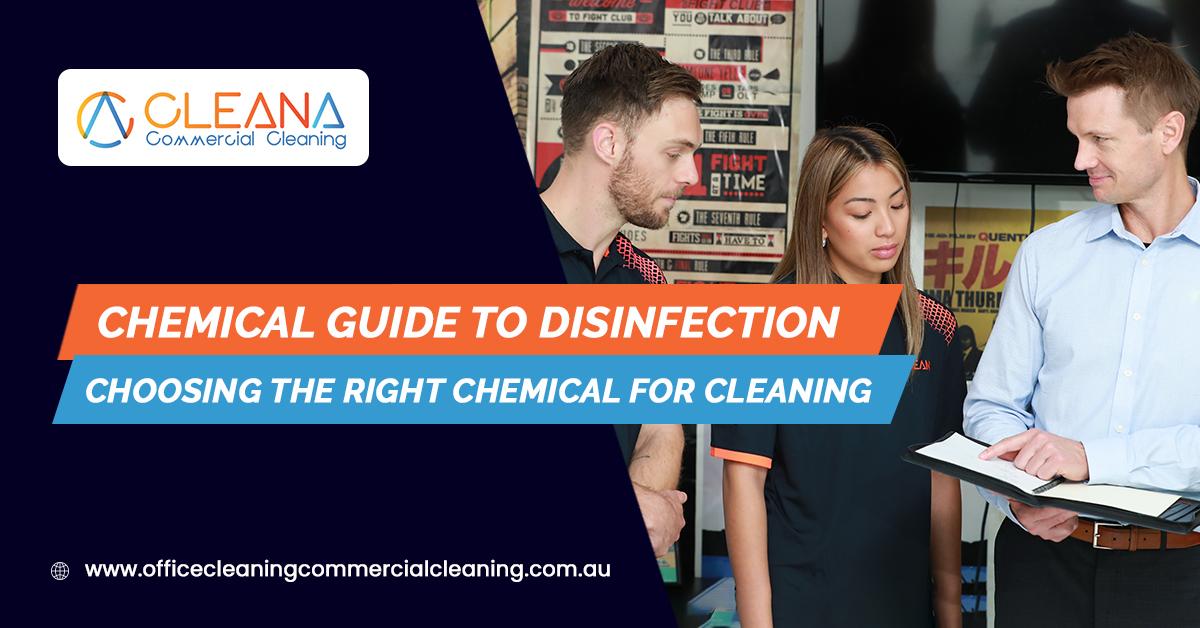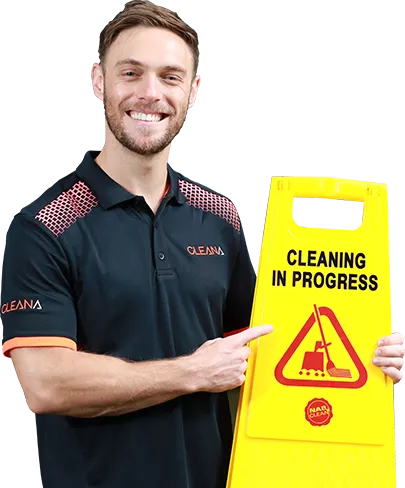Choosing the right chemical for disinfection can be difficult if you don’t know what to look for in a cleaner. Many different types of chemicals can be used to kill germs, however, there are three main types of disinfectants.
There are various types of chemicals for cleaning. The first type is directed towards those that have a foul odour to them, these are usually called fumigants, these come in the form of sprays and are mostly used for cleaning outside and small enclosed spaces such as ducts and pipes.
The second type is antiseptics, they are more effective than fumigants and are also good for large areas, and can be purchased in liquid form. And lastly we have sanitisers that are made specifically for use in the home to sanitize anything from food to clothing.
The main difference between each type of chemical is their strength of disinfection. A higher concentration of a specific type of disinfectant is used to kill bacteria and keep them from breeding.
It also means that more of the material being cleaned is affected by the chemical and thus rids the area of germs more effectively.
However, too much of a certain type of chemical can be hazardous to people and should only be used under direct supervision from registered professional office cleaners.
Knowing the type of chemical to use as well as how much should be present is also a wise step to take in choosing the right chemical for disinfection.
We want to give you an insight into choosing the right chemical for disinfection. It provides information on the strength, and volume of each type of chemical for cleaning, as well as examples of when each should be used. It also goes into more depth about the different uses for disinfectants and the correct way to use each type.
Some of the topics covered are General Information, What types of chemicals for cleaning to Use, Answers to Your Questions, and Where to Find Help. I highly recommend checking out my guide before making your final decision on what kind of chemical to buy or use.
Avoiding Bleaching From Disinfection in Kitchen Tables and Stools
Wood furniture and other wood surfaces are very susceptible to the damage that is caused by ultraviolet radiation from the sun and other sources.
Ultraviolet rays can bleach or discolour wood and even make it shatter, especially in case of small cracks.
Wood tables and desks, tables and dressers, and desks and drawers in the bathroom and kitchen are often in areas where ultraviolet radiation is more intense, as they are used frequently during the day and the homeowners are usually not particularly careful with their cleaning routines.
Wood floors on the other hand are usually exposed to sunlight for much longer periods and so may take much longer to fade. Stains from urine and stains can also have a much more adverse effect on wood than on other materials.
Several factors must be kept in mind when you need to deal with stains on wood surfaces. The first is that you should avoid over-cleaning, which can cause the staining to reappear or make it much more difficult to remove in the first place.
The best way to clean stains is to use water and a mild soap without detergents, and then wipe the stained area with a paper towel until the stain is removed.
However, you must never rub stains as this will further aggravate them and cause the surface to swell even more. To ensure that the stains are removed completely, you must let them sit overnight in a solution of warm water and a small amount of bleach.
Wood surfaces can suffer more serious stains, however. Tabletops are often covered with plastic during the dining experience and are therefore very vulnerable to food stains, although you do have some options here.
If you decide to use white vinegar to remove the stain, you do need to keep the solution on hand at all times as it tends to lose its strength after some time.
Other solutions include peroxide solutions or bleaching gels. Bleaching gels can be purchased from home hardware stores and are among the most commonly used cleaning agents for tables and glass surfaces.
However, if you use bleach in an area where children or pets are present, it is strongly advised that you use gloves and a respirator so that you do not breathe in any of the bleaching agents.
Also, there are multiple benefits to getting your premises cleaned with professional cleaners as you can check out here.
Safety Method During Disinfection
In any industry, health and safety is the main concern and no matter what that concern is whether it is for the treatment of a chemical or a biological hazard, one should always follow the guidelines and standards set by the state and federal agencies in this matter.
While there are many different types of industrial chemical wastes and their management, along with the types of chemicals for cleaning one of the most important areas that must be addressed and controlled is that of the safety method during disinfection.
Often overlooked, the process of chemical disposal can create serious health and environmental risks and one can never be too careful.
The most common and effective safety method during disinfection is through proper and regular inspection and testing of the work area.
Companies must make sure that they have no gaps in the policy regarding the handling and storage of chemical waste and this should include all personnel in the company as well as those who will be coming in contact with the hazardous waste.
Even though it may be easier for some to simply rely on their intuition when it comes to deciding where to place their waste, this should never be done.
This can be done by ensuring that the working area has no gaps in the security policy including no loose doors or windows which may be easily opened.
For this reason, those working in the area will have to wear safety equipment such as safety glasses and gloves and should put on appropriate respirators while they perform their duties.
Another very important safety method is ensuring that no chemical spills or leakage occur and that this is done immediately.
Any area that has a chemical spill should be immediately sealed off from the rest of the area. Depending on the severity of the spill, this could mean closing the area completely or simply covering it so that further damage or contamination does not occur.
The proper authorities should be notified of the presence of the chemical spill and an investigation should be conducted to find out the cause of the leak.
Once this has been determined, a safe solution should be implemented and the area should be cleaned up completely. During this process, it would be extremely irresponsible to use a common safety method such as touching hands or eyes when chemicals are present in the air or on the skin. This could lead to serious health hazards and even death.

